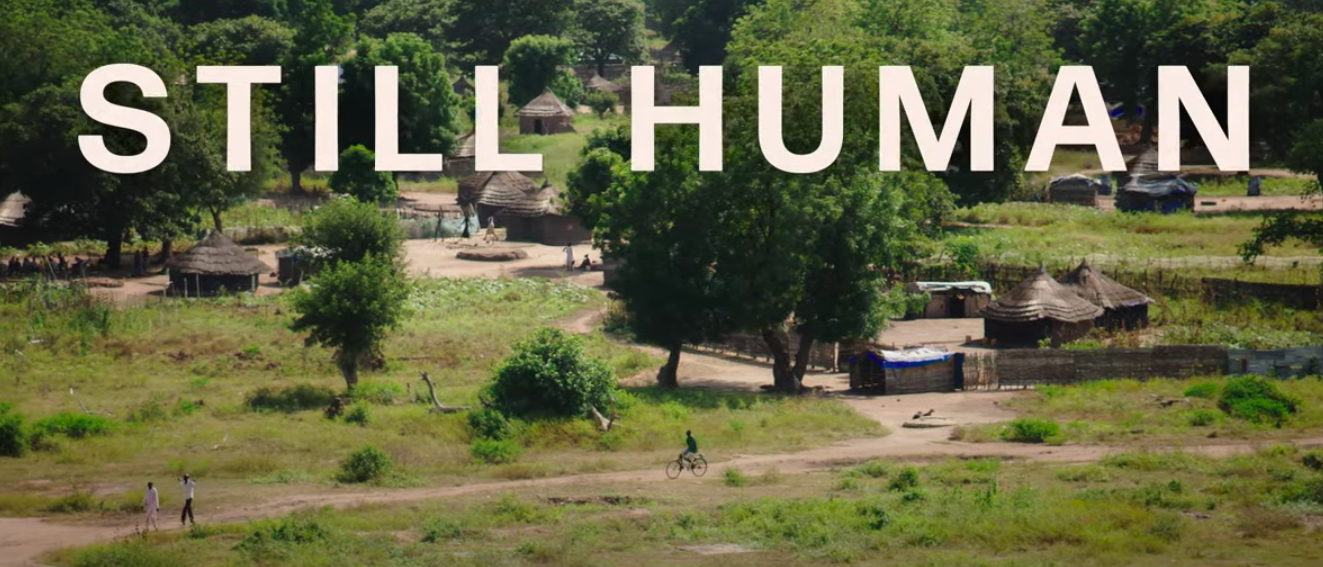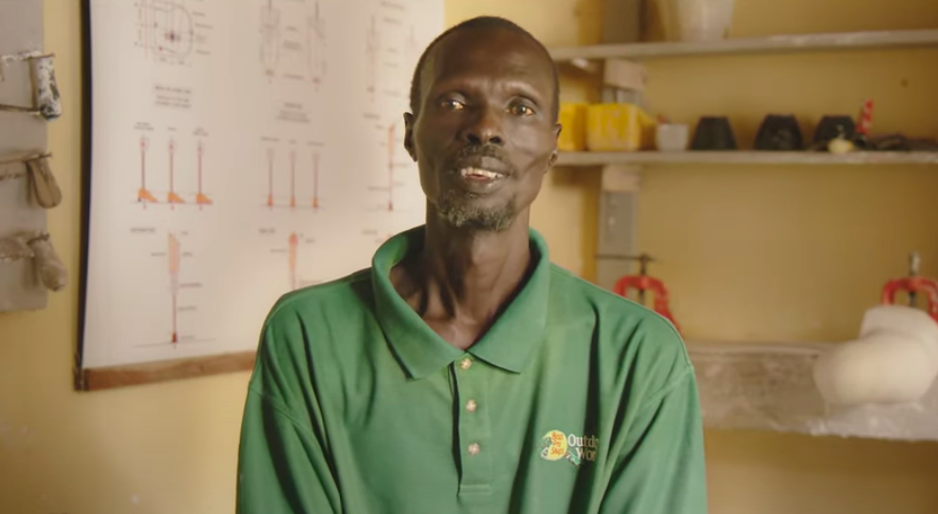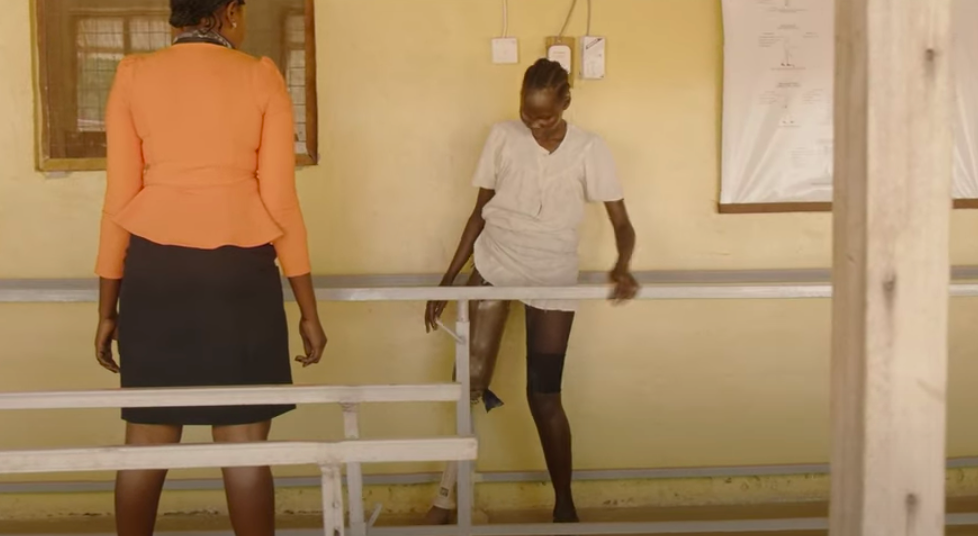National Geographic’s documentaries typically hinge on being able to elicit an emotional response from viewers. They lay out a story of pain and eventually triumph that pulls the audience in and allows them to celebrate with the subject(s) of the doc in the end. That is the blueprint for the new documentary Still Human, though it seems to narrowly miss its mark.
Still Human follows Makur Diet, an amputee in the war-torn South Sudan who has devoted his life to helping others with similar injuries to walk again. Makur lost his leg after being shot and was ready to give up on life before receiving his prosthetic. In that moment, he decided to use his regained ability to walk to inspire and help others who have tragically found themselves in the same situation he was once in.
Makur’s story is without a doubt both tragic and uplifting. However, the documentary, which has just a 15-minute runtime, doesn’t allow the viewer to fully become emotionally invested in his story. In fact, the explanation as to how he lost his leg is breezed over in a span of less than a minute. That makes it difficult to attach to Makur and his story, even with the obvious appreciation for the incredible work he is doing.
Also due to the limited runtime, we only get to see Makur working with one patient, a woman named Martha. We actually get to see just as much, if not more, of her as we do Makur. It’s actually her story that jumps out a bit more and allows viewers to become emotionally invested in, though we still don’t get to learn very much about her aside from her struggles due to her injury.
In perhaps the most interesting part of the doc, removing any emotional components of course, we do see Makur and his team construct a prosthetic leg for Martha. The process seems to be much more complex than most would imagine. Still, the segment is too brief and could benefit from more explanation regarding how the process works.
Still Human is of course not devoid of emotion. It is still heartbreaking to hear the stories of these people and to see their struggles prior to receiving their prosthetics. It’s also heartwarming to see Makur do his work and see the smile on his face when he sees another person able to walk again.
The true emotion of this documentary though, comes from the closing minutes. After Martha is fitted with her prosthetic leg, we see her training with it, taking her first steps and slowly learning to walk again. It’s a very rewarding moment for he viewer who, to this point, has only known Martha as a struggling amputee who hates having things done for her. Still, it would have been that much more rewarding if we had seen more of her story and been able to spend more time with her.
Overall, Still Human just barely misses the mark of the typical National Geographic documentary that so easily pulls in an audience and get them hooked on the stories of people and the things they been through and overcome. Unlike Into the Fire, which gets the viewer emotionally invested in its subject by taking the time to carefully lay out their story, Still Human seems to rush through it just a bit. Another 10 minutes or so to really allow the audience to connect with Makur and Martha would greatly benefit this documentary. Still, it is another touching story told by National Geographic.
You can watch Still Human here.




